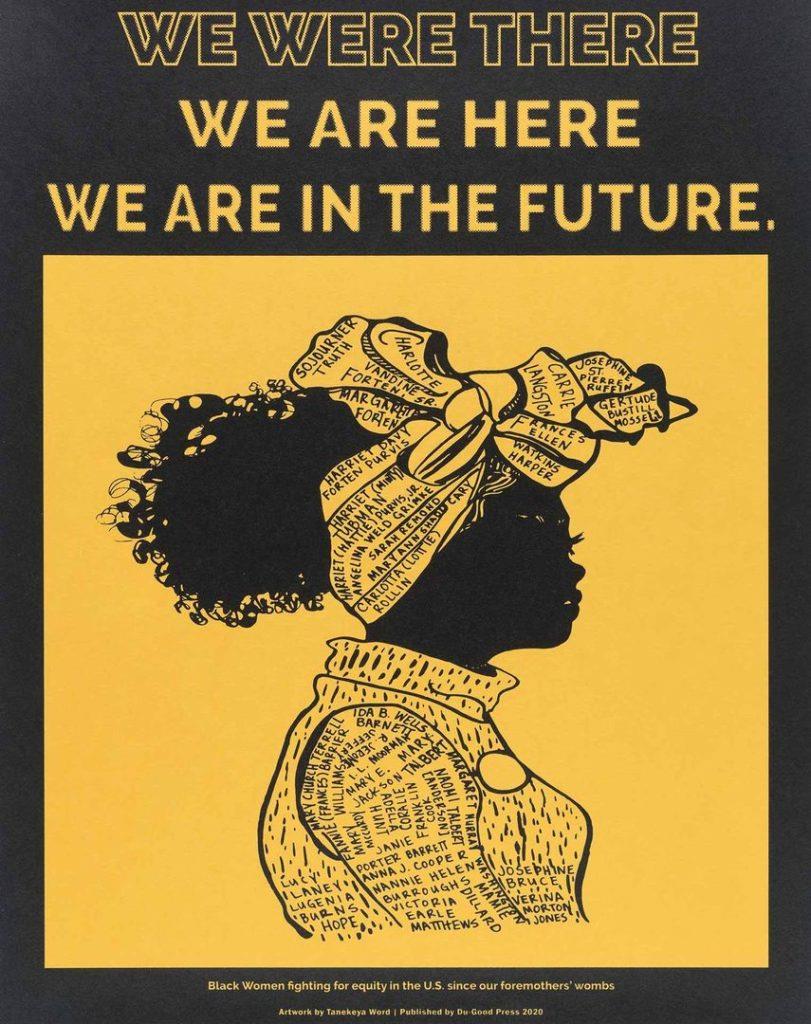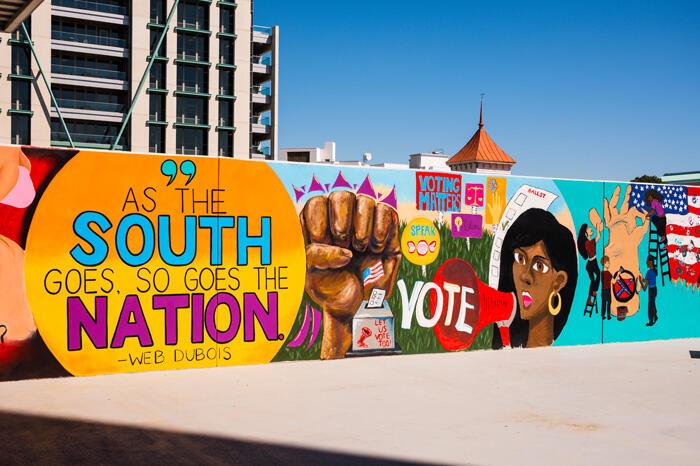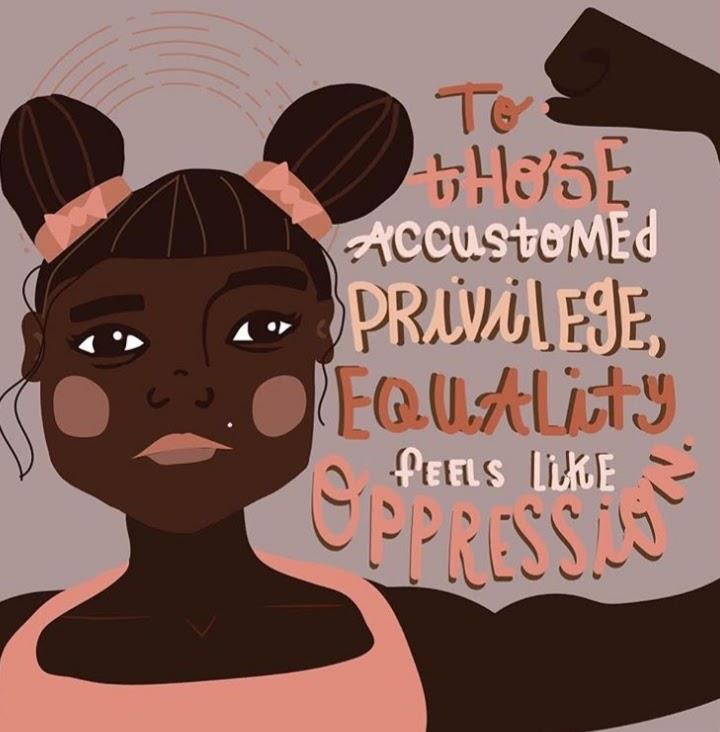
The Role Of Art In Social Movements In The USA
Art has always been a form of communication-capable of transcending language barriers and reaching individuals on a deep emotional level. In social movements, art occupies an essential space by not only capturing the essence of the struggle but also galvanizing action. As seen in events like the Civil Rights Movement and LGBTQ+ rights activism, art has been a unifying force that fosters solidarity, encourages participation, and ignites passion for social change.
During the Civil Rights Movement of the 1950s and 1960s, artists like Nina Simone and Marvin Gaye infused their music with an urgent call for justice. Simone's“Mississippi Goddam” and Gaye's“What's Going On” articulated the pervasive anger and hope of the period, encouraging audiences to reflect on social injustices. Their work represented not merely artistic expression but rich documentation of the movement, sparking conversations that transcended the constraints of speech.

Tanekeya Word (American), printed and published by Du-Good Press. We Were There. We Are Here. We Are In the Future., 2020. Screenprint, 16 x 20 in. (40.6 x 50.8 cm). The Metropolitan Museum of Art, John B. Turner Fund, 2020 (2021.59) Visual Art and Protest
The invigorating power of visual art in social movements cannot be overlooked. From banners to murals, visual expressions have been crucial in communicating messages and rallying support. The vibrant murals in Los Angeles during the Chicano Civil Rights Movement, which showcased themes of identity, struggle, and cultural pride, exemplify how visual art can articulate the soul of a community.
In modern protests, art continues to serve as a powerful tool. The Women's March in 2017 saw an outpouring of creative expressions, from hand-painted signs to elaborate costumes, conveying solidarity and resistance to misogyny and discrimination. These visual artifacts fostered a sense of belonging among demonstrators while amplifying their messages to the broader public. The simple act of creating signs or street art transformed individuals into a collective force, empowered by shared visual identity and purpose.

Digital Art and Social Media Activism
In the digital age, art has found a new medium through which it can influence social movements. Social media platforms like Instagram and Twitter provide fertile ground for the spread of art-centric activism. Artists employ digital graphics, memes, and videos to engage audiences, making their causes accessible to a broader community and inviting participation in unprecedented ways.
The Black Lives Matter movement has effectively utilized social media as an art platform, encouraging artists to create work that emphasizes the urgency of racial justice. Powerful images of protest-from street art depicting George Floyd's face, to incisive illustrations of systemic racism-have proliferated, serving as catalysts for conversation and action. These digital forms of art transcend physical boundaries, offering an immediacy that traditional forms cannot match. As a result, art has become an integral tool in modern social movements that champion a wide array of causes.

Arvilla Mae Moret/@Arvillamae_Designs on Instagram
This piece, created by Arvilla Mae Moret on Instagram, has been used by Little Justice Leaders, a subscription where subscribers receive a box of carefully selected materials in order to help young children better understand a specific social justice issue. Intersectionality: Art as a Platform for Diverse Voices
One of the most critical roles of art in social movements is its ability to highlight intersectionality. In a nation as diverse as the USA, the experiences of people are shaped by multiple factors, including race, gender, class, and sexuality. Artists use their work to illuminate these intersections, creating a more comprehensive narrative of social justice.
For example, the work of artists like Nari Ward and Kerry James Marshall includes significant conversations around race and societal inequities, allowing marginalized voices to be amplified. Their art emphasizes the stories of underrepresented communities, merging individual narratives into a collective call for justice and equity. This focus on intersectionality not only brings attention to the struggles of specific groups but fosters unity among various social justice movements.
Challenges and Critiques of Art in ActivismWhile the contributions of art to social movements are significant, it's essential to recognize the challenges and critiques that accompany this intersection. As art gains visibility within activist circles, it can sometimes be commodified or misappropriated, diluting its original message. The commercialization of protest art, for instance, raises questions about authenticity and the potential for profit-driven motives that overshadow the artists' goals.
Moreover, the issue of representation also comes into play. Who gets to create art for social movements, and how are their voices prioritized? Critics argue that it is vital for those directly affected by the issues at hand to lead discussions and create art that represents their experiences, rather than allowing outside voices to dominate.
A Harmonious Relationship between Art and ActivismThe intricate relationship between art and activism remains a poignant part of the social fabric in the USA. From historical movements to contemporary protests, art continues to challenge ideologies, provoke emotions, and promote collective action. Through visual arts, music, and digital media, artists play an indispensable role in social movements, giving voice to the voiceless and connecting communities to shared causes.
As challenges continue to emerge in society, the significance of art in activism will only deepen. It is both a beacon of hope and a supply chain of creativity that fuels the relentless pursuit of justice. The power of art in social movements not only reflects societal struggles but also drives the dialogues and actions necessary for meaningful change, reminding us that within our diverse nation, art is a unifying language that demands to be heard.

Legal Disclaimer:
MENAFN provides the
information “as is” without warranty of any kind. We do not accept
any responsibility or liability for the accuracy, content, images,
videos, licenses, completeness, legality, or reliability of the information
contained in this article. If you have any complaints or copyright
issues related to this article, kindly contact the provider above.

















Comments
No comment